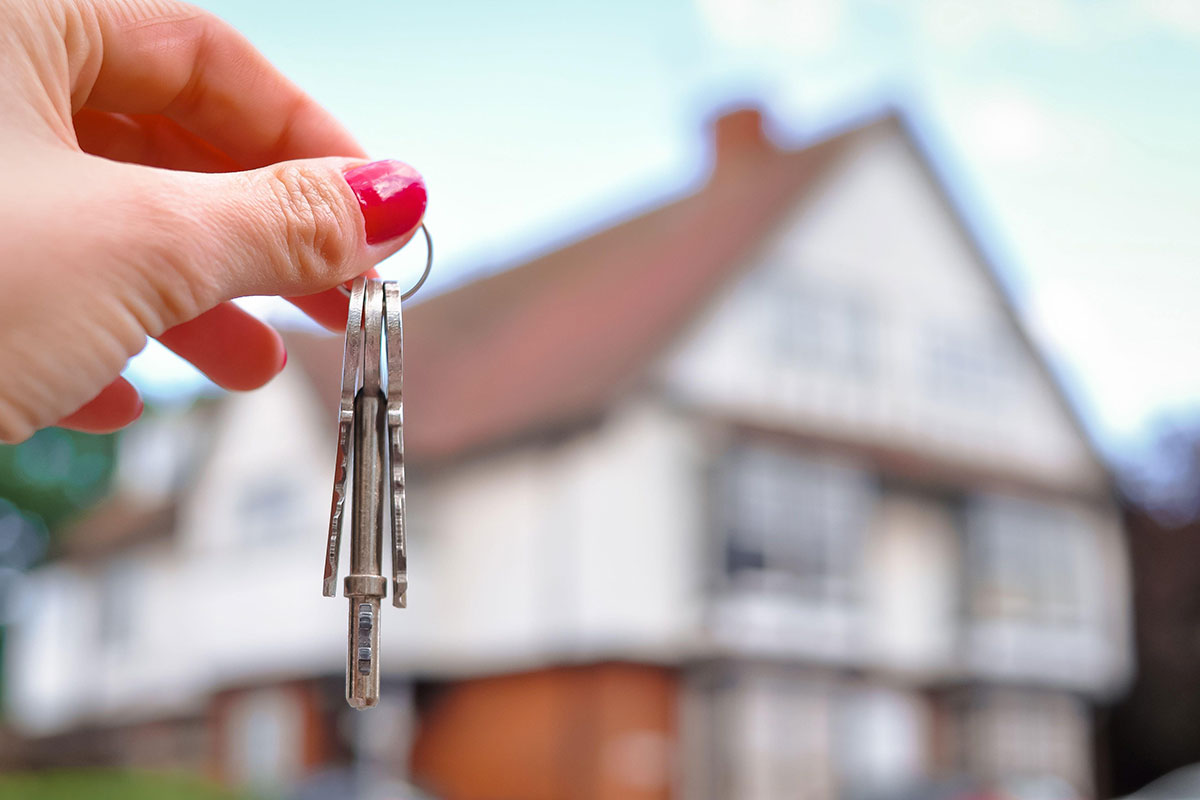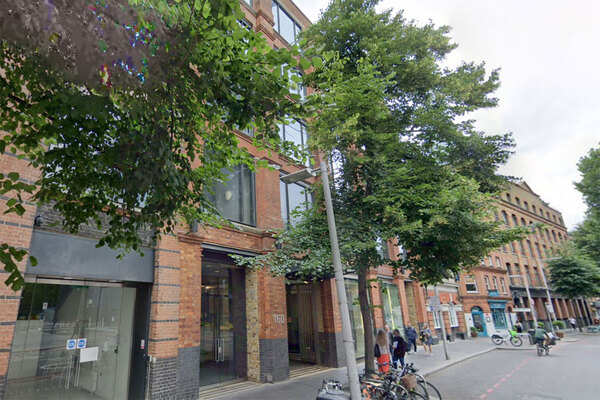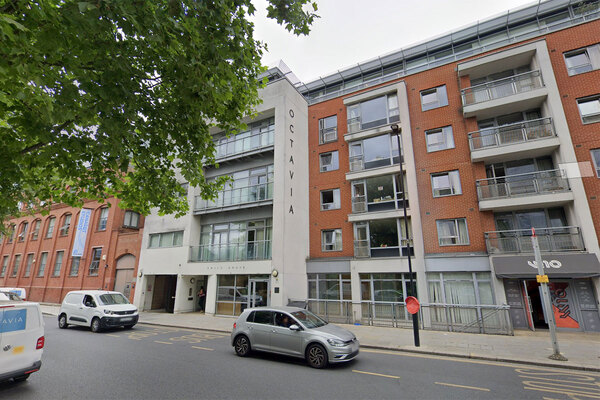You are viewing 1 of your 1 free articles

Harvinder Rai is an associate in the social housing team and Jacqueline Knox is a partner and head of social housing at Gowling WLG
What does the Right to Shared Ownership mean for tenants and social landlords?
The Right to Shared Ownership is a new route towards homeownership for some social housing tenants – but there are questions about how viable the policy really is, say Harvinder Rai and Jacqueline Knox
With the Help to Buy scheme coming to an end in March 2023, at a time of increasing uncertainty within the housing market, first-time buyers will be looking at the options available to them.
Shared ownership has been around since the 1980s, but was restricted in its scope, with local councils largely dictating eligibility criteria for buyers. However, over the years, the availability of the scheme has widened, meaning that more applicants have become eligible to apply and, in April 2021, the government launched a new model of shared ownership lease under the Affordable Homes Programme (AHP) 2021-26.
This introduced a number of measures, including buyers being able to acquire a smaller initial share of the property and permitting staircasing in smaller tranches.
Arguably, though, one of the main changes to boost homeownership and assist people onto the property ladder is the introduction of the Right to Shared Ownership scheme.
Tenants in England who have been in social housing for three years, and who have been living for one year in a property built under the AHP 2021-26, subject to any additional eligibility criteria, will be eligible for the Right to Shared Ownership. They will have the chance to buy a share of between 10% and 75% in their home, with the opportunity to eventually raise their share to 100%.
“Given rising living costs, tightening of mortgage lending and annual increases in the rent payable on the retained share, it is questionable whether many tenants can confidently, in the current economic climate, make the transition from tenant to a part owner of their home”
While the Right to Shared Ownership is intended to support tenants to take small and manageable steps onto the housing ladder, they are likely to find it necessary to take out a mortgage to fund the acquisition of their initial share and possibly future shares in the property.
In addition, they will have to pay rent on the share retained by their landlord, the usual outgoings associated with homeownership, and any service charges applicable under the provisions of the specific shared ownership lease. Given rising living costs, tightening of mortgage lending and annual increases in the rent payable on the retained share, it is questionable whether many tenants can confidently, in the current economic climate, make the transition from tenant to a part owner of their home.
Some of the costs associated with homeownership may be mitigated by the introduction of the initial repair period for 10 years after the property was built. During this time, certain costs, including structural repairs and installations such as pipes, will remain the landlord’s responsibility. We are yet to see the impact of the introduction of the initial repair period.
In particular, the potential for conflict where works are required as a result of an act of the leaseholder, what can and cannot be claimed for under any new build warranty and the increased cost to the housing association, which will need to bear the cost of any such repairs during the initial repair period.
It is also important to remember that this period only covers the first 10 years of construction of the property and not the first 10 years of the lease. On this basis, depending on when the property was constructed, together with the requirement for the property to have been occupied by the purchasing tenant for at least one year and taking into account the overall three-year occupation qualification period, a tenant purchasing under the Right to Shared Ownership may not benefit from the full or even any of the 10-year period.
“A tenant purchasing under the Right to Shared Ownership may not benefit from the full or even any of the 10-year initial repair period”
A year into the AHP 2021-26, and the full impact of this policy is still unknown. While the introduction of the Right to Shared Ownership undoubtedly provides a step onto the homeownership ladder for some who previously did not have access to it, this should be considered against the backdrop of the increased financial risk which a tenant exercising this new right takes on, and the consequences of failing to keep up with mortgage payments and any rent payments on the landlord’s retained share.
It also presents potential risks for social landlords in respect of the impact this policy will have on their income stream and any impact on borrowing capacity as a result of an increase in shared ownership stock in their portfolio.
Therefore, social landlords need to be alive to any impact on their operating models to ensure they are able to mitigate against any negative financial implications the Right to Shared Ownership may cause (and any related considerations from a grant funding point) while at the same time providing tenants with support to make the transition to homeownership.
Harvinder Rai, associate, social housing team; and Jacqueline Knox, partner and head of social housing, Gowling WLG
Sign up for our regulation and legal newsletter
Already have an account? Click here to manage your newsletters












